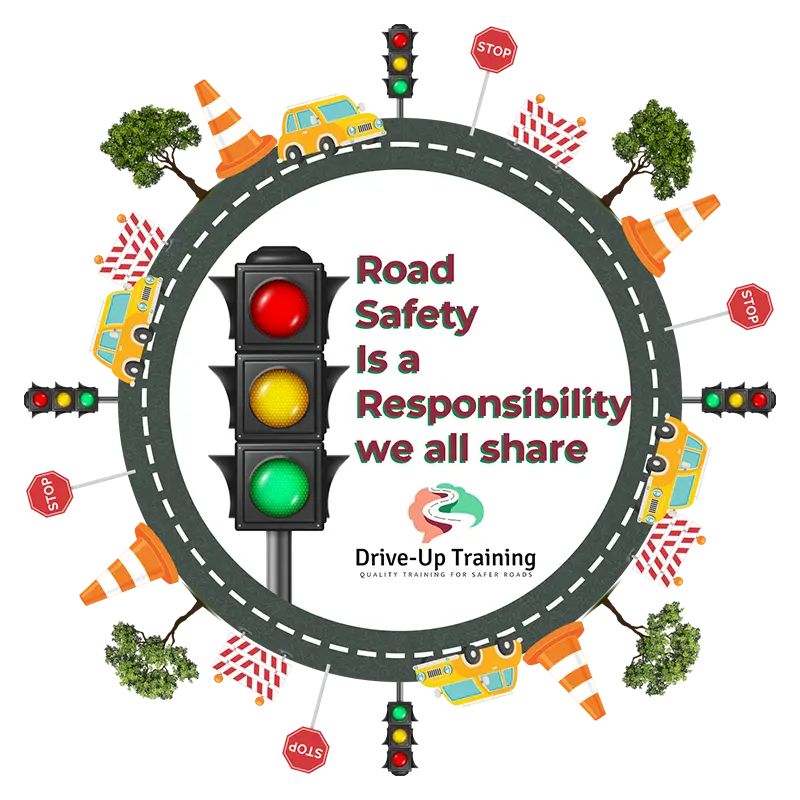Why Instructors Matter
For Driving Instructors — principles, practical teaching points, and how to influence lifelong safe driving habits.
As Driving Instructors we do more than prepare learners to pass a test. We shape attitudes and habits that influence how they drive for the rest of their lives. Road safety in the UK is not only about following the law; it’s about creating thoughtful, responsible drivers who understand that every journey carries responsibility.
Focus: emphasise safety over speed, confidence over bravado, and responsibility over convenience.
Core Risks to Address with Learners
- Speeding — teach that speed limits are maximums, not targets; show how to adapt speed to conditions.
- Distraction — model focused driving; explain how quickly attention can be lost (phones, passengers, in-car tech).
- Impairment — cover alcohol, drugs and fatigue; early education fosters long-term awareness.
- Vulnerable Road Users — cyclists, pedestrians and motorcyclists need space and respect.
Addressing these topics early increases the chance learners will carry safe habits into independent driving.


Quick tip
Ask learners to verbalise hazards in every lesson — it trains active scanning and improves hazard perception scores.
Practical, in-car coaching helps convert knowledge into safe behaviour.
Introduce real-world scenarios:
Motorway driving, night-time conditions and adverse weather.

Teaching Beyond the Test
Lessons should consistently reinforce that the goal isn’t just to pass the test — it’s to drive safely for life. Practical approaches include:
- Encouraging hazard perception: Get learners to narrate what they see and why it matters.
- Promoting defensive driving: Teach anticipation, space management and patience.
- Introducing real-world scenarios: Cover motorway merges, night driving, and slippery roads.
- Modelling calm behaviour: Your attitude transfers — demonstrate patience and measured responses to other road users.
Reinforcing Legal Responsibilities
Explain laws as life‑saving measures, not just rules.
Ensure learners understand laws designed to protect road users: seatbelt use, mobile phone bans, drink and drug driving limits, and speed restrictions. Present these as practical, life-saving measures — not abstract rules.
Vulnerable Road Users
Reinforce the importance of giving cyclists, pedestrians and motorcyclists appropriate space and time. Use classroom or in-car demonstrations to show blind spots, dooring risks and shared space etiquette.
- Show how to check mirrors and blind spots properly.
- Explain how speed and proximity increase risk for vulnerable users.
- Teach approaching junctions and crossings with extra caution.
When covering mobile phone rules, put the phone out of reach during lessons and explain the cognitive/visual/manual risks of using it while driving.
Quick tip
PDI/ADIVulnerable road users need predictable, considerate driving from other road users.
Final Thoughts
Road safety is a shared responsibility, but Driving Instructors are on the frontline of shaping future drivers. By prioritising safe habits, modelling good practice, and teaching beyond the test, we can help reduce accidents and make UK roads safer for everyone.
PDI/ADI
Lesson Prompt #1
"What hazards do you see ahead and why?"
Lesson Prompt #2
"How would you change your speed if X happened?"
Lesson Prompt #3
"Where are the vulnerable road users in this scene?"
Education for Life, Not Just the test.
